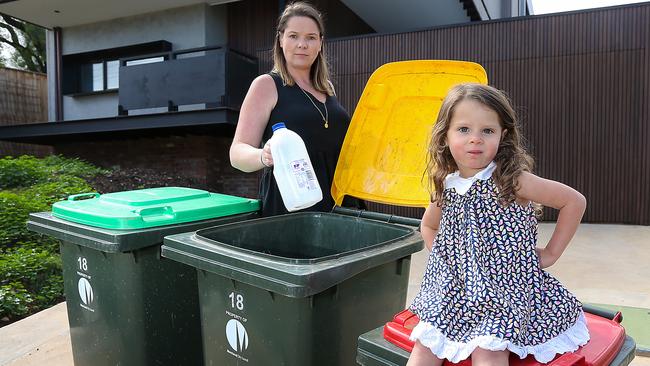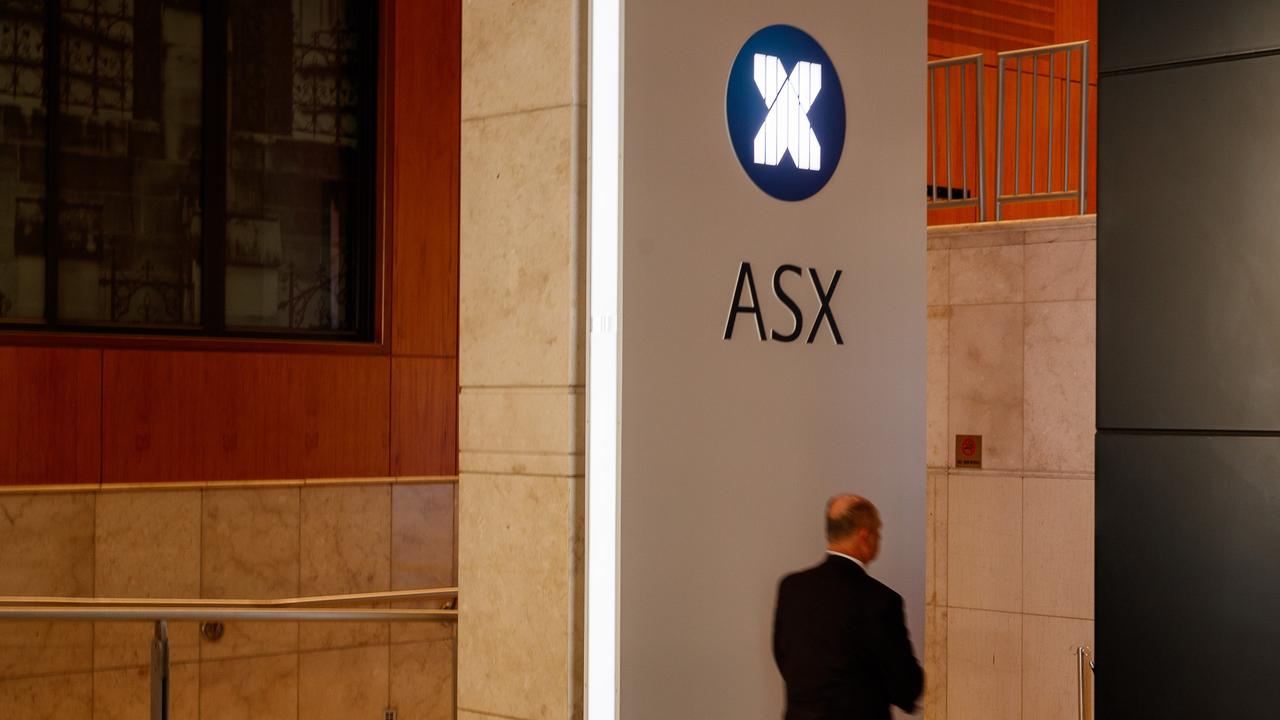$1.1bn bill to meet recycling targets
Up to $1.1bn of new investment in waste management and recycling facilities will be needed in Victoria by 2039.

Up to $1.1bn of new investment in waste management and recycling facilities will be needed in Victoria by 2039 if the state is to meet its recycling targets and address the issues of stockpiling, illegal dumping and to meet the growing need for resource recovery, says the state’s infrastructure adviser.
Infrastructure Victoria’s advice to the government on recycling and resource recovery, which will be released on Thursday, says the state could recycle up to 90 per cent of its waste and create more than 5000 jobs in the sector by 2039 by focusing on priority materials — plastics, paper, cardboard, glass, organics, tyres and e-waste.
The report also identifies the need for 87 new or upgraded sites — 52 of which are in regional areas — that would require public and private sector investment.
“As we emerge from the coronavirus crisis and look for ways to stimulate jobs and growth, the resource recovery sector offers a ready-made path forward ... the opportunities are there for the seizing,’’ said IV chief executive Michel Masson.
An IV report last year said one of the proposed solutions to improve recycling was for households to be provided with up to six bins for waste divided into eneral waste, organics, plastics, paper and card, glass and metals.
Waste generation in Victoria has almost doubled over the past two decades and pressure on the industry has increased dramatically since China last year began strict enforcement limiting the level of contaminated recycling material it would accept.
As a result, one of the largest recycling suppliers in the state, SKM, was put into administration last year before it was purchased by Cleanaway Waste Management.
IV’s integrated waste forecasting model and resource processing database shows there will be capability and capacity gaps for some key materials in Victoria as soon as 2024.
These could be replicated in other states after the Council of Australian Governments agreed last year to work on a timetable to ban the export of plastic waste, and other recyclable waste such as paper, glass and old tyres.
The ban starts with glass on July 1 this year.
The federal Department of Environment and Energy estimates that a 5 per cent increase in material efficiency could add $24bn (or 1.5 per cent) to GDP and increase consumption by $14.8bn annually.
“In the private sector, large corporations like Coca Cola, Adidas, Procter & Gamble, Nestle and Unilever have signalled their intent to either improve the recyclability of their products or to transition to using more recycled content in manufactured products,’’ Mr Masson said.
“These commitments are driving demand for recyclables as companies show they are willing to pay a premium for recycled products such as plastics.
“With cleaner and better-sorted recycling collections, the source materials for these end market products will be even more cost-effective.”



